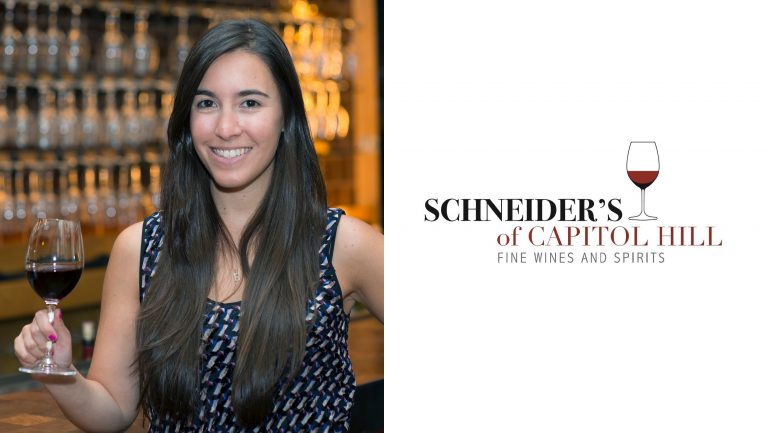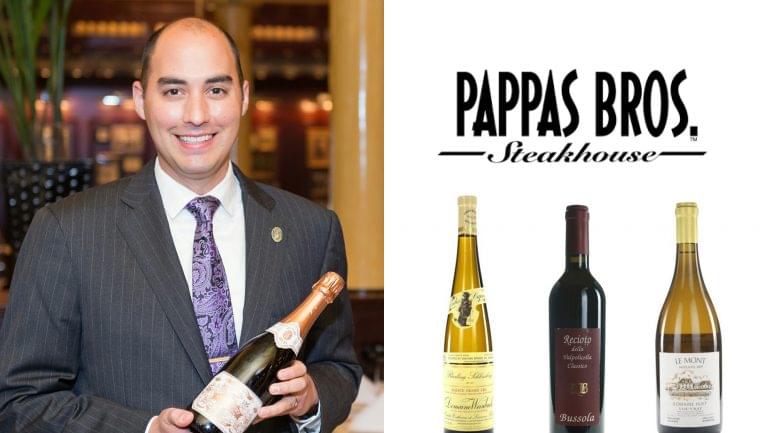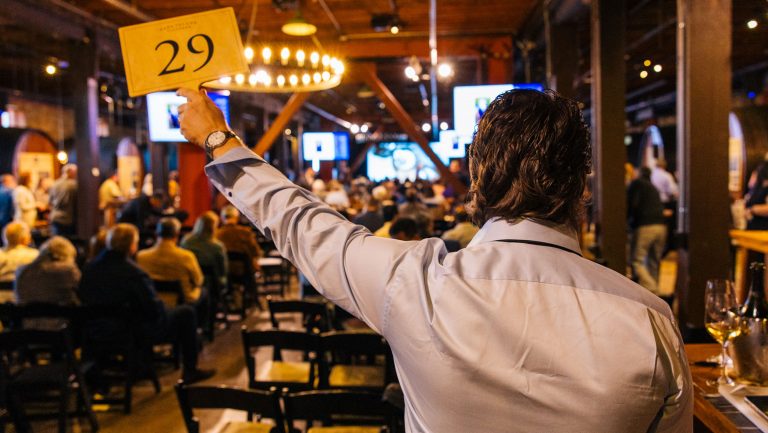Dessert wines rarely make up a large portion of a wine program’s sales, but these diverse sweet wines can tack on a bit more revenue while ending a guest’s hospitality experience on a high note. How can restaurant and retail buyers increase sales of dessert wines to add value for both the program and consumers? SevenFifty Daily spoke with some of the country’s top wine directors and buyers to get their advice. Here’s what they said about their dessert wine–selling strategies.

1. Price with Approachability in Mind
It can be daunting to opt for higher costs in a category that doesn’t constitute a large portion of sales, but it’s worthwhile in order to get dessert wines in front of the guest. Chris Raftery, the wine director of Gramercy Tavern in New York City, sees value in pricing the restaurant’s 17 dessert wines and 35 fortified wines poured by the glass approachably. “Running a few dessert wine pours at 30 to 40 percent, as long as you have other cost leaders to balance the program, can go a long way to increase check average and certainly won’t affect your overall cost,” Raftery notes. “If it does, then you’re selling a lot of dessert wine.”

2. Use Strategic Placement
Coly Den Haan, a sommelier and the owner of the shop Vinovore in Los Angeles, rarely gets cold requests for sweet wines, and that lack of active interest has influenced where Den Haan has positioned the dessert wine section in the shop. “I place my stickies toward the checkout counter, since most of the time they’re an add-on purchase with other wines,” Den Haan says. “It’s best to remind the customer they need a bottle on their way out.” Restaurants can mimic the add-on mentality by including sweet wines on the dessert menu, as Pappas Bros. Steakhouse at Houston Galleria does. Steve McDonald, the restaurant’s wine director, notes that the by-the-glass wines listed on the dessert menu sell particularly well. And, he says, “That translates to bottle sales as well.”

Don’t miss the latest drinks industry news and insights. Sign up for our award-winning newsletters and get insider intel, resources, and trends delivered to your inbox every week.

3. Introduce Dessert Wines in Pairing Menus
Pairing menus can present dessert wines to guests while creating opportunities to avoid by-the-glass waste. You can use menus as occasions to get creative with dessert or fortified wine pairings. “We have actually been pairing a roasted vegetable soup with our Oloroso sherry, and it’s been very successful,” says Jerome Noël, the wine director of Bellemore in Chicago.

4. Build Staff Enthusiasm through Education
In both restaurants and retail shops, a well-educated staff can have a huge impact on dessert wine sales. Schneider’s of Capitol Hill in Washington, D.C., sells 180 dessert wines, ranging from inexpensive, entry-level bottles to rare labels, such as a mint condition 1942 Château d’Yquem. Staff education is crucial, as most selections require a hand-sell approach. “Each category is so complex and nuanced,” says Elyse Genderson, the shop’s wine director. “Our team strives to articulate the diverse characteristics to our customers.” Raftery notes that Madeira has recently been selling well at Gramercy Tavern, which he attributes largely to education. “Staff enthusiasm is such a huge factor when adding on that final glass of the night, and it’s hard not to get excited by a 30-, 50-, or 100-year-old wine,” he says, adding that sales contests can also boost the number of dessert wines sold.

5. Create a Grand Display
A restaurant that has the service space and staff to spare can make a display of the dessert wine service. McDonald encourages his sommelier team to conduct tableside service. “The presentation for a lot of these older dessert wines is very elegant, and it often incentivizes people to order bottles on subsequent visits,” he says. Noël plans to add a beverage cart into service with Tokaji, Madeira, Macvin, and other sweet postprandial selections. “The beverage cart will allow us to highlight unique after-dinner offerings, naturally bringing attention to the dessert wine program,” Noël says. “Just pushing it around the dining room will have a measurable impact.”

Dispatch
Sign up for our award-winning newsletter
Don’t miss the latest drinks industry news and insights—delivered to your inbox every week.
Courtney Schiessl Magrini is the editor-in-chief for SevenFifty Daily and the Beverage Media Group publications. Based in Brooklyn, she has held sommelier positions at some of New York’s top restaurants, including Marta, Dirty French, and Terroir, and her work has appeared in Wine Enthusiast, GuildSomm, Forbes.com, VinePair, EatingWell Magazine, and more. She holds the WSET Diploma in Wines. Follow her on Instagram at @takeittocourt.







